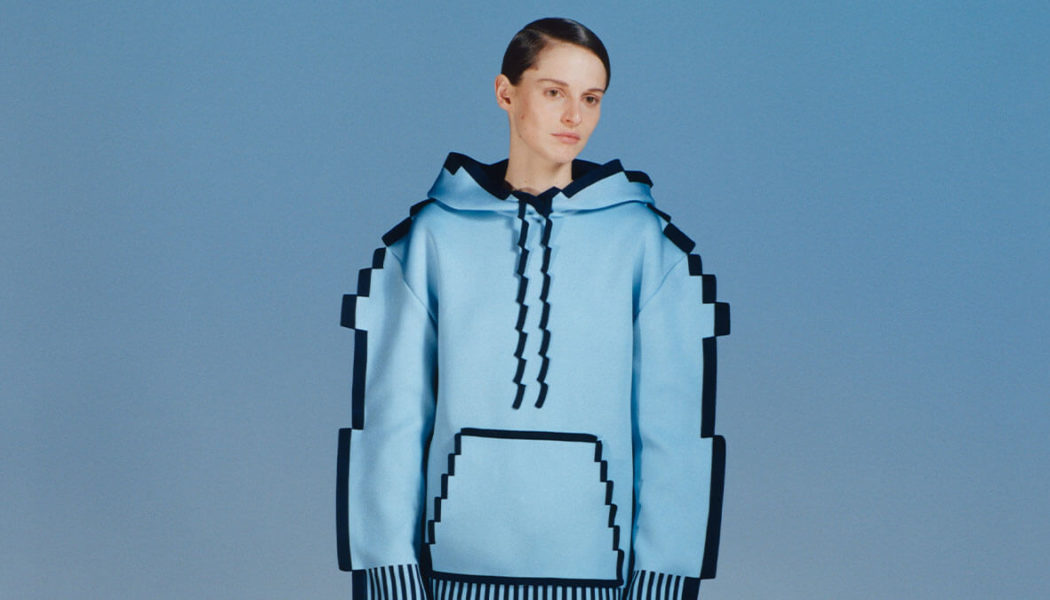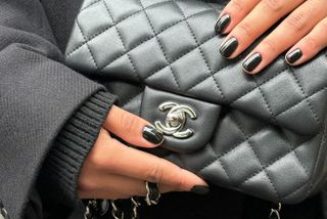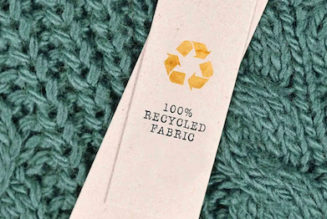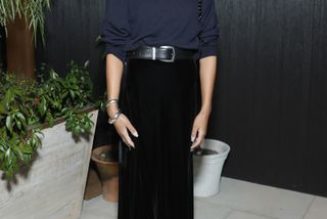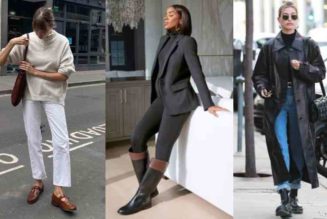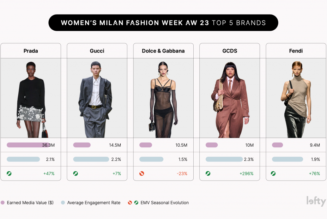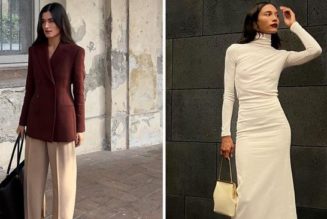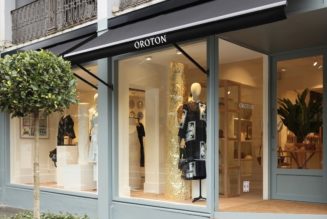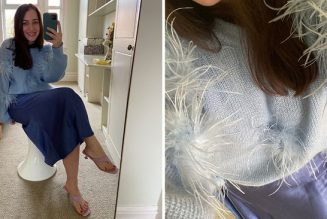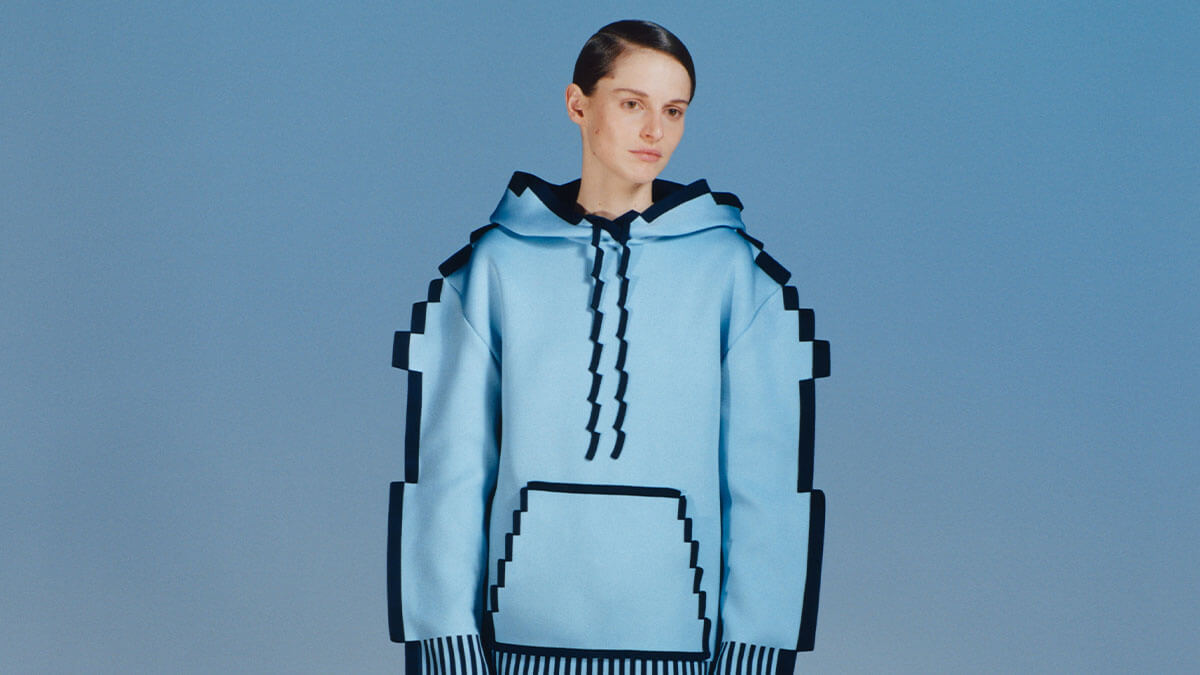
A press release from American art collective Mschf back in February teasingly shared that the “Big Red Boots are really not shaped like feet, but they are extremely shaped like boots” and that they “free us from the constraints of reality”. They’ve been a bestseller ever since, encouraging Mschf to introduce a Big Yellow Boot in collaboration with Crocs in a campaign fronted by Paris Hilton (teased in Paris in June; dropping on 9 August). Designer Victoria Beckham, rapper Coi Leray and music producer Diplo have all been spotted wearing the boots in the real world.
“Anytime you do something as big as the boots were, more and more people start to discover you,” says Daniel Greenberg, co-founder of Mschf. “That being said, we have done over 100 different projects in the past four years, and I think it’s really interesting people find us through these viral moments and then discover more of our work.”
Loewe has also proven that engagement translates into sales. “When Loewe first launched the lipstick, the rose and the egg heels, we bought every single possible option just because they were so fun and we all loved it,” says Tiffany Hsu, Mytheresa’s vice president of fashion. “They did very, very well for us. They were not cheap, but now they’ve become somewhat of a collectible.”
Natalie Dickson, head of women’s luxury at Flannels, agrees. “Loewe’s pixel collection is synonymous with Flannels’ youth-centric and future-driven brand identity — both are a collision of the virtual and IRL worlds,” she says. “The vast majority of our customer base curates their aesthetic and personality through social media and online presence. We see a lot of interest in statement viral pieces that are often driven by hype around show season, which then filters down to customer interest when it hits stores.”
A new kind of authenticity
Trends commentator Panzoni says younger generations, who spend more time online than older consumers, expect brands to understand their online culture. “It’s starting to represent authenticity more clearly than just keeping things in the only physical world,” she says, and goes on to pose some interesting questions. “Is this reality a good representation of what life really is right now — in a time that we’re so much online? Or is [the inclusion of] digital references more of a representation of authenticity, when the internet is so embedded in everything we do?”
